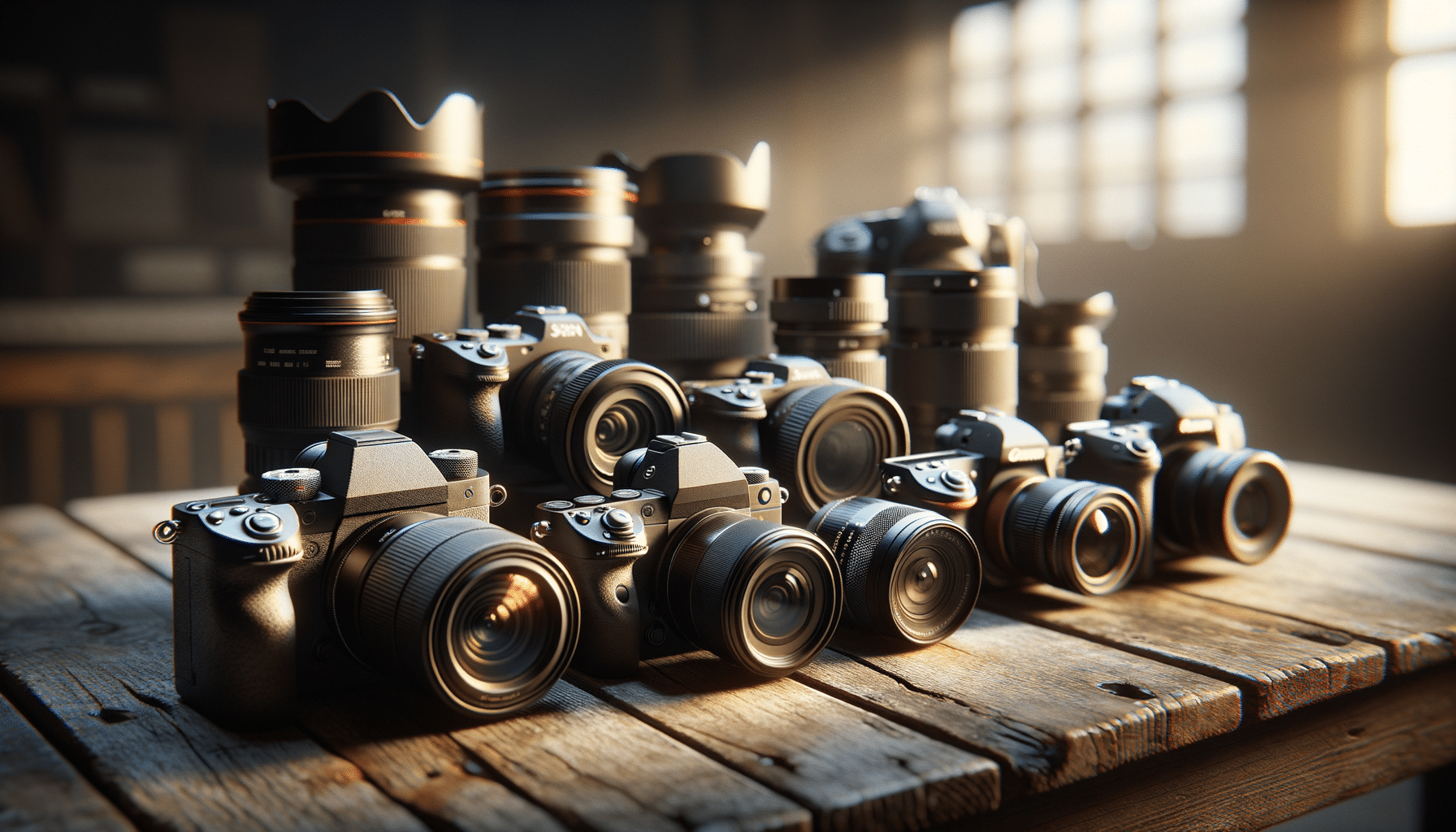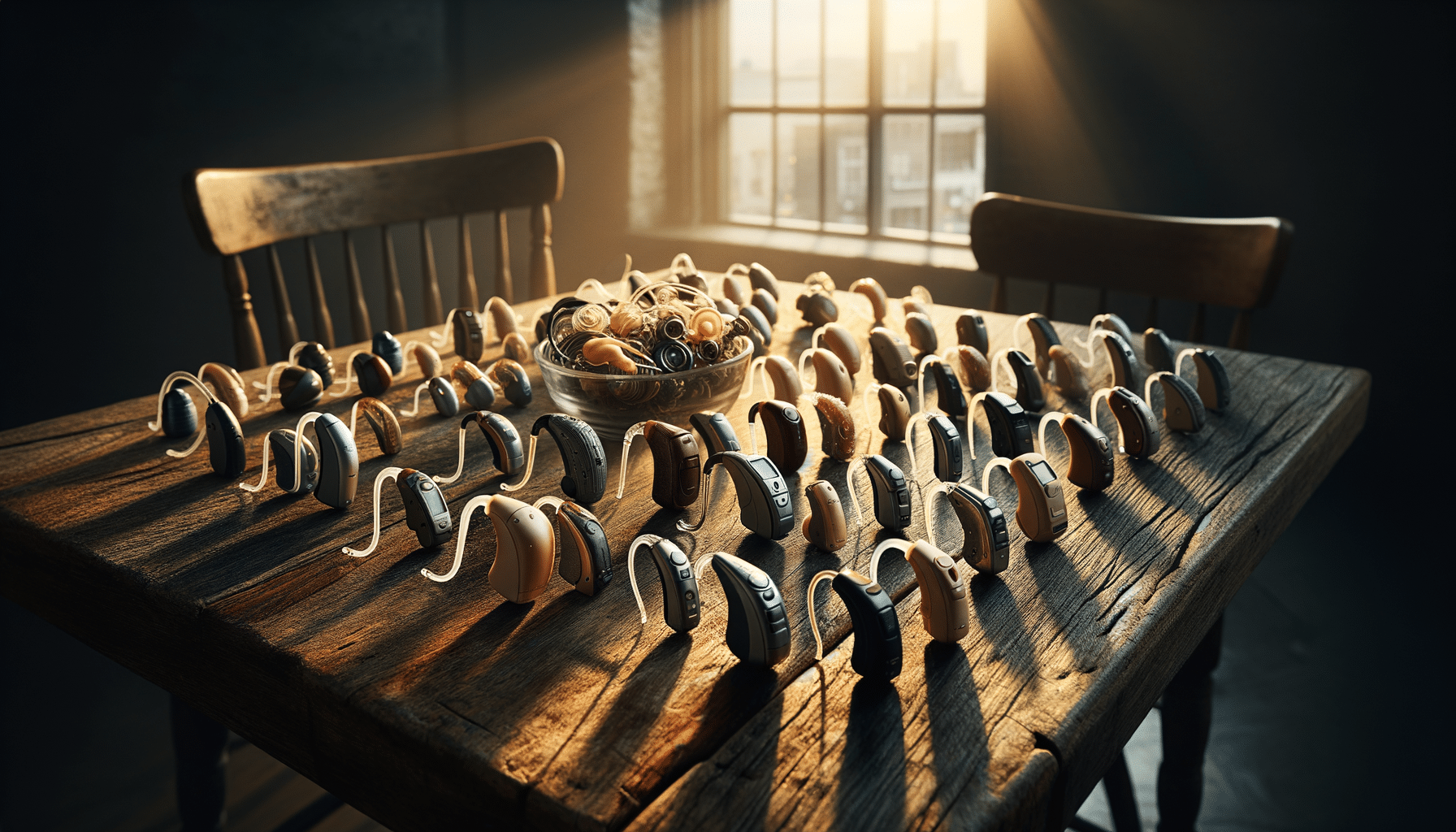
Digital Cameras
Introduction to Digital Cameras
Digital cameras have transformed the world of photography, making it accessible to a wide range of users, from seasoned professionals to enthusiastic amateurs. Understanding the variety of digital cameras available can be crucial for making an informed purchase that aligns with your needs and budget. This article delves into the types of digital cameras, their features, and how to choose one that fits your financial plan.
Types of Digital Cameras
Digital cameras come in several forms, each catering to different needs and preferences. The main types include:
- Compact Cameras: Also known as point-and-shoot cameras, these are designed for simplicity and ease of use. They are typically small, lightweight, and equipped with a built-in lens. Compact cameras are ideal for everyday photography and casual users who prioritize portability over advanced features.
- Mirrorless Cameras: These cameras offer a balance between compact cameras and DSLRs. They are known for their lightweight design and interchangeable lenses, making them a popular choice among travelers and hobbyists. Mirrorless cameras often offer excellent image quality and fast autofocus.
- DSLR Cameras: Digital Single-Lens Reflex cameras are renowned for their exceptional image quality, versatility, and manual controls. They are favored by professional photographers and those who desire more control over their photography. DSLRs are larger and heavier but offer a wide range of interchangeable lenses.
- Bridge Cameras: Positioned between compact and DSLR cameras, bridge cameras come with a fixed lens that often offers a long zoom range. They are suitable for users who want more flexibility than a compact camera but do not wish to invest in multiple lenses.
Choosing the right type of camera depends on your photography goals, whether it’s capturing family memories, exploring creative photography, or pursuing professional work.
Key Features to Consider
When selecting a digital camera, several features should be taken into account to ensure it meets your expectations:
- Sensor Size: The sensor size significantly impacts image quality. Larger sensors generally produce better images, especially in low-light conditions.
- Megapixels: While more megapixels can translate to higher resolution images, they are not the only factor determining image quality. It’s essential to balance megapixels with other features like sensor size.
- Lens Options: For those interested in versatility, cameras with interchangeable lenses, such as mirrorless and DSLR models, offer greater flexibility in capturing different subjects.
- Autofocus System: A fast and accurate autofocus system is crucial for capturing sharp images, particularly in action or low-light scenarios.
- Video Capabilities: Many digital cameras offer video recording features, so consider the resolution and frame rates if videography is important to you.
- Connectivity: Features like Wi-Fi, Bluetooth, and NFC allow for easy sharing and transferring of photos to other devices.
By considering these features, you can find a camera that aligns with your specific needs and photography style.
Budget-Friendly Options
The price range for digital cameras can vary significantly, but there are excellent options available for every budget:
- Entry-Level Cameras: For beginners or those on a tight budget, compact cameras or basic mirrorless models offer good value. They typically provide user-friendly features and decent image quality.
- Mid-Range Cameras: These cameras often include more advanced features, such as better sensors and improved autofocus systems. They are ideal for enthusiasts looking to upgrade from a basic model.
- High-End Cameras: Professional-grade DSLRs and mirrorless cameras come with the latest technology, superior image quality, and extensive manual controls. They are an investment for serious photographers who demand the best performance.
Setting a budget before shopping can help narrow down your choices and ensure you get the most value for your money.
Conclusion: Making Your Choice
Choosing a digital camera involves balancing your photography needs with your budget. By understanding the types of cameras available, the key features to look for, and the budget-friendly options, you can make an informed decision that enhances your photographic journey. Whether capturing everyday moments or embarking on a professional career, the right digital camera can be a valuable tool in expressing your creativity and preserving memories.


